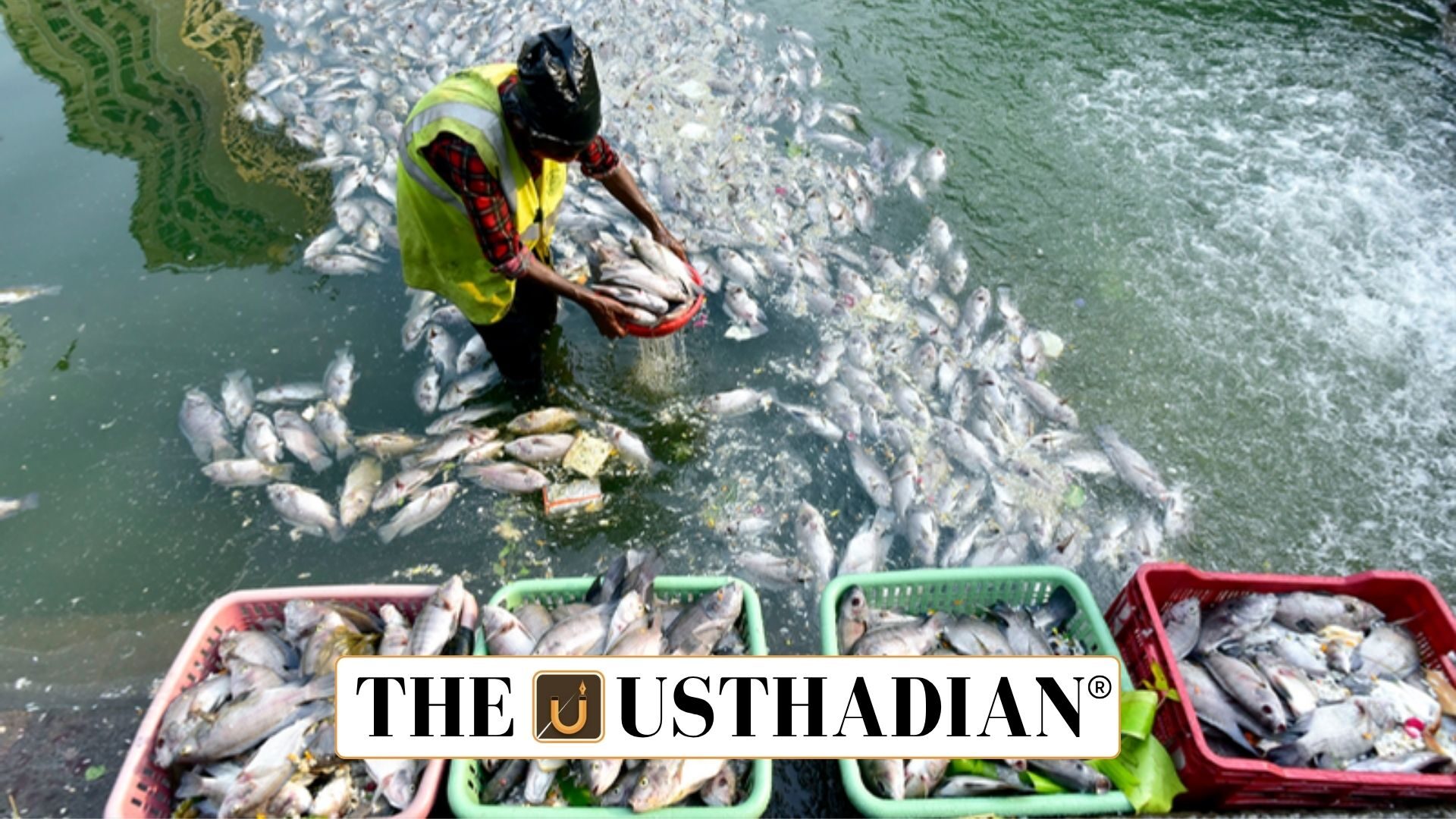Focus on Blue Economy
Sustainable Harnessing of Fisheries in India: The Centre has notified the Sustainable Harnessing of Fisheries in the EEZ Rules to boost India’s Blue Economy. The initiative targets unlocking the potential of India’s 11,099 km coastline and over 23 lakh sq. km of EEZ, particularly around Andaman & Nicobar and Lakshadweep islands, which account for 49% of the EEZ. Static GK fact: India’s EEZ ranks 18th largest in the world.
Priority for Cooperatives
The rules give exclusive priority to Fishermen Cooperative Societies and Fish Farmer Producer Organizations (FFPOs) for deep-sea fishing. This approach aims to empower community-led models and ensure equitable distribution of resources. Small fishers will continue to operate under traditional methods while large mechanized vessels comply with new regulations.
Mother-and-Child Vessel Concept
A novel Mother-and-Child Vessel concept has been introduced. Large “mother” vessels will support smaller “child” boats for mid-sea transshipment, improving operational efficiency. Static GK Tip: Transshipment helps in maintaining fish quality and reduces spoilage during long-haul operations.
Capacity Building and Credit Support
The rules provide comprehensive training programs along the fisheries value chain to enhance skills and productivity. Financial support is available through PMMSY and the Fisheries and Aquaculture Infrastructure Development Fund (FIDF), offering easy and affordable credit to registered entities. This ensures both economic sustainability and inclusive growth.
Sustainable Fishing Practices
Harmful practices such as LED light fishing, pair trawling, and bull trawling are being curbed. Fisheries Management Plans, developed in consultation with state governments, aim to restore declining fish stocks. The focus is on promoting responsible fishing to secure long-term marine biodiversity.
Mariculture and Alternate Livelihoods
Mariculture practices, including sea-cage farming and seaweed cultivation, will be encouraged to provide alternate livelihood options. This helps coastal communities diversify income sources and reduces pressure on wild fish stocks. Static GK fact: Seaweed farming contributes to carbon sequestration and global climate mitigation.
Regulatory Measures
Mechanized and large motorized vessels require an access pass through the online ReALCRaft portal. Small fishers are exempt, and foreign vessels are not allowed in India’s EEZ. Fish resources from the EEZ will be recognized as of Indian origin, strengthening domestic branding and traceability.
About Exclusive Economic Zone
The EEZ is defined under the 1982 UN Convention on the Law of the Sea (UNCLOS), extending up to 200 nautical miles from a country’s coastline. India retains exclusive rights for exploration and exploitation of natural resources in its EEZ, reinforcing national sovereignty and maritime security. Static GK Tip: India’s EEZ includes rich fishing grounds, oil and gas reserves, and significant biodiversity.
Static Usthadian Current Affairs Table
Sustainable Harnessing of Fisheries in India:
| Topic | Detail |
| Notification Date | 10 Nov 2025 |
| Coverage | 23 lakh sq. km EEZ, 11,099 km coastline |
| Priority | Fishermen Cooperative Societies, FFPOs |
| Key Concept | Mother-and-Child Vessel for mid-sea transshipment |
| Financial Support | PMMSY, FIDF |
| Sustainable Practices | Ban on LED light fishing, pair trawling, bull trawling |
| Mariculture | Sea-cage farming, seaweed cultivation |
| Regulatory Portal | online ReALCRaft portal |
| EEZ Rights | Exclusive exploration and exploitation of resources |
| Indian Origin Certification | Fish from Indian EEZ recognized as Indian origin |








